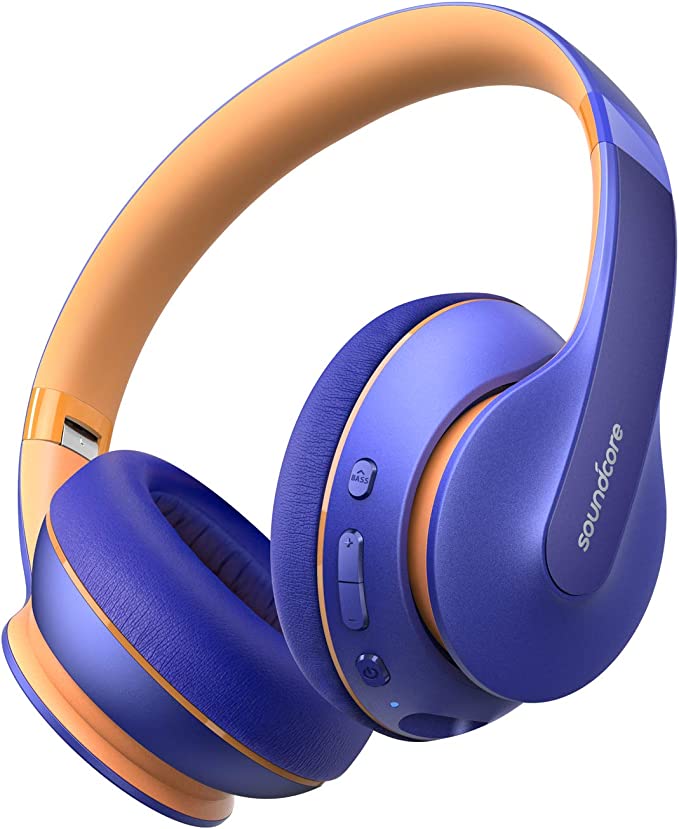The Digital Leash: Pet Tech, Privacy, and Owner Psychology
Update on Oct. 11, 2025, 11:15 a.m.
The scenario is a familiar one in the modern workplace: a manager, mid-presentation, subtly glances at their phone under the conference table. They are not checking emails, but an app, which displays a live feed of a golden retriever sleeping soundly on a couch miles away. A brief moment of relief, a quiet smile, and the presentation continues. This interaction, enabled by the proliferation of smart pet technology, seems benign—a harmless extension of the human-animal bond across time and distance. But it begs a deeper question: is this digital leash a source of genuine connection, or is it merely a new, more sophisticated amplifier for our anxieties?

The Peace of Mind Paradox: Connection vs. Compulsion
The fundamental promise of a device like the Furspark Big Eye is peace of mind. It taps into a powerful psychological need rooted in attachment theory—the innate desire of a caregiver to monitor and ensure the well-being of a dependent. The ability to visually confirm that a pet has been fed, is safe, and is not in distress provides a potent antidote to the separation anxiety that many owners experience. It transforms a house from a black box of uncertainty into a knowable, observable space.
However, this constant access can create a paradoxical effect. The very tool designed to alleviate anxiety can, for some, become a source of compulsion. The option to check in at any moment can morph into an obligation to do so, leading to a cycle of compulsive checking. Every notification from the device, every moment of silence, can trigger a fresh wave of “what ifs.” The technology, instead of fostering a sense of calm trust, can inadvertently nurture a need for constant surveillance. The psychological insight here is that true peace of mind may not come from perpetual observation, but from the confidence to look away. Technology serves us best when it offers an optional connection, not a persistent demand for our attention.
The Unblinking Eye: Hardware Trust in a Software World
This constant digital tether, while emotionally complex, raises a more immediate and practical concern: the presence of an always-on camera in the privacy of our homes. The anxiety shifts from “Is my pet okay?” to “Who else might be watching?” In a world of software vulnerabilities and data breaches, a software-based “off” switch for a camera offers limited assurance. It’s a promise that can be broken by a determined hacker or a malicious firmware update.
This is where the distinction between software and hardware privacy becomes critical. A hardware-based solution, such as the physical “bionic eyelid” on the Furspark feeder, operates on a different principle. It is not a request for the camera to stop recording; it is a physical barrier that makes recording impossible. This aligns with foundational cybersecurity concepts like layered defense, advocated by institutions like NIST. A physical shutter provides a layer of security that is independent of the software’s integrity. It offers a tangible, verifiable state of privacy—a level of trust that a glowing LED light or a menu setting can never fully replicate. This feature represents a growing trend towards responsible IoT design, acknowledging that for users, the most reassuring form of privacy is the one they can physically control.

The Datafication of Fido: Your Pet’s Behavior as a Commodity
While a physical shutter can confidently blind the camera’s eye, it cannot erase the data that has already been seen. This leads to the most profound question of the pet tech era: when an AI watches your pet, what is it truly learning, and for whose benefit? The promise is compelling: AI-powered behavioral analysis can detect anomalies that might signal illness or distress, turning the feeder into a proactive wellness monitor.
To achieve this, the system must collect and analyze vast quantities of behavioral data. As Shoshana Zuboff outlined in “The Age of Surveillance Capitalism,” this data is not just a byproduct; it is a valuable raw material. Your pet’s eating habits, activity levels, and vocalizations are used to train and refine proprietary algorithms. This raises critical questions of data ownership and transparency. Are users explicitly informed about what data is collected and how it is used? Do they have the right to access or delete this data, as mandated by regulations like the GDPR? Without clear policies, users risk becoming unwitting data providers for a system whose primary beneficiary may ultimately be the company, not the consumer. The future of pet tech requires a shift where users are not merely subjects of observation, but empowered controllers of their pet’s digital identity.
Conclusion
Smart pet technology has irrevocably woven itself into the fabric of our domestic lives, presenting a complex tapestry of connection, convenience, anxiety, and risk. Devices like smart feeders are no longer simple appliances; they are active participants in our most intimate relationships. Choosing one is not just a matter of comparing features like camera resolution or food capacity. It is an act of navigating the delicate balance between care and control, privacy and presence. It is, ultimately, a choice about the kind of relationship we want to have with technology, and through it, with the companions we love.


















